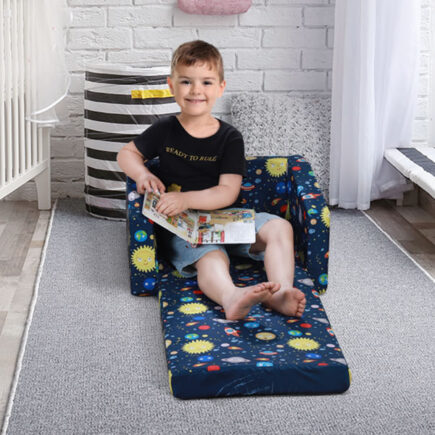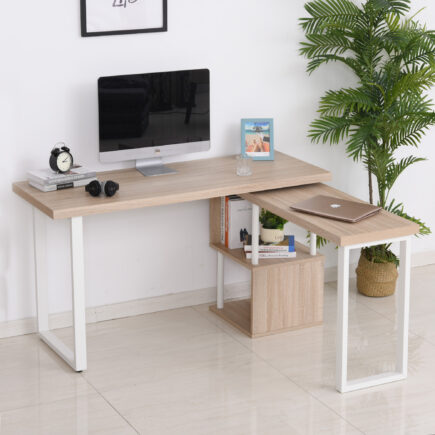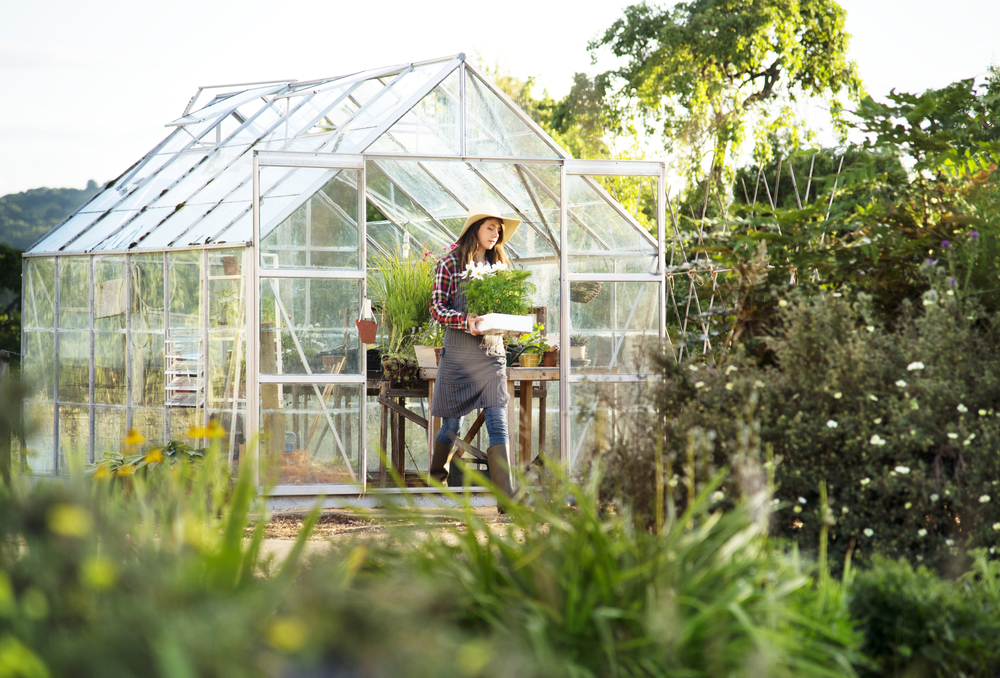Welcome to Greenhouse 101

Class is in session! Welcome to Greenhouse 101, your introductory course into greenhouse gardening. We’ll start with a quick history lesson, and explain the principles and mechanics of a greenhouse. Next, we’ll look at the different types of greenhouses and answer some common questions. Finally, we’ll help you find the right greenhouse for your garden with our buying guide. Let’s get started!
So Which Greenhouse is Right for Me?

How much space do you have? What do you want to grow? How much time do you want to spend maintaining the greenhouse and plants? These are all important questions to ask yourself before committing to a greenhouse kit.
Our Greenhouses:
Freestanding Traditional
Hoop House or Tunnel

Soft Shell 26 x 10 x 7 Walk-In Tunnel Greenhouse with Windows |
Freestanding Soft Shell 20 x 10 x 7 Tunnel Greenhouse |
Soft Shell Freestanding 15 x 7 x 7 Walk-In Greenhouse with Windows |
Gothic Arch
|
|
|
|
|
Cold Frames
Horticultural History Lesson
The first greenhouses originated in Roman times and were used to cultivate exotic fruits and vegetables imported from around the known world. The Roman Emperor Tiberius was really into cucumbers; greenhouse techniques were developed to keep them on his table all year long. Called “Specularia” for the spectacular things that grew inside of them, greenhouses were only available to the very wealthy.

The idea of subverting nature to grow more plants wasn’t limited to the west. Early greenhouses were also developed in Korea to cultivate veggies in wintertime. The traditional Korean underfloor heating system known as Ondol supplied and maintained heat and humidity inside an enclosed space. Insulated and semi-transparent windows and walls let sunlight in while keeping the cold weather out.
During the Victorian era, greenhouses became more popular and accessible. Commonly used by botanists, herbalists, and gardeners, greenhouses were elaborate decorative structures that graced the grounds of the wealthy and elite. The practice of exerting control over nature by creating artificial environments to grow beautiful and exotic plants had captured the imaginations of the world.

These days, greenhouses are used around the world by commercial food suppliers, nurseries, and florists. They’re also used by backyard gardeners, like you!
How it Works
Greenhouses create an artificial, controlled environment by trapping heat and circulating the warmed air. As sunlight enters the greenhouse through the transparent walls and roof, solar radiation is absorbed by the floor, soil, and plants. The heat is trapped by the enclosed space, causing the internal temperature of the greenhouse to rise. By heating and circulating warm air through the greenhouse, gardeners are able to grow and sustain plants where the outdoor climate is too cold or changes often. Greenhouses also serve to protect plants from wind, rain, snow, and other adverse weather conditions.

By maintaining specific levels of temperature and humidity, a greenhouse can let you extend your growing season for a few weeks, or can create a complete microclimate for year-round growing. Transparent walls are great at letting light in, but they don’t insulate well. Plan ahead on how to heat your greenhouse, if needed; there are electrical, solar, and natural options. Make sure your greenhouse has a ventilation system for air flow circulation and temperature management. Greenhouses generally have two vents; an upper vent that releases warm air, and a lower vent lets cool air in. Vents can be opened and closed as needed.

The ideal location for your greenhouse is on the south side of your house or property. South-facing orientation will give your greenhouse maximum sun throughout the day.
Types of Greenhouses

Freestanding Traditional Greenhouse
This traditional style greenhouse features straight walls and a gabled roof. This is the most common greenhouse design, and are usually built with a wood or metal frame and use glass or polycarbonate panels to maximize sunlight.
Pros: Higher roof for more headroom, maximize space along walls for growing or storage, good air circulation.
Cons: Difficult to move once built, more expensive to build or buy and maintain.

Hoop-House or Tunnel Greenhouse
These greenhouses feature a curved roof and low walls, with frames made of PVC or aluminum pipes and PE plastic panels or sheeting. These are the cheapest and easiest greenhouses to build or assemble.
Pros: Easy to build, inexpensive, water and snow roll off easily.
Cons: Not as durable as a traditional freestanding greenhouse.

Gothic Arch Greenhouse
Similar in construction to the hoop house but with a peak that’s reminiscent of gothic cathedrals, these wide greenhouses are good for growing plants in rows, shelves, and pots. They are good at conserving heat, and their unique architecture make them stand out in your garden space.
Pros: Simple, efficient, cheap to build or buy, water and snow roll off easily.
Cons: Lower sidewalls can restrict storage and headroom.

Cold Frame/ Hot Bed Greenhouse
These mini-greenhouses sit flat on the ground and have a sloping lid. They can be placed over raised beds in the garden in spring to warm soil. Easily turn a cold frame into a hot bed by heating it with lights, compost, or your method of choice. Cold frames protect plants from adverse weather and hungry animals.
Pros: Simple, inexpensive, and easy to use.
Cons: Can overheat easily, limited space for growing.
Soft or Hard Shell?

A soft-sided greenhouse will be less expensive to buy, build, and maintain. They are lightweight and easier to move if needed. However, they are naturally not as durable. A rounded roof allows snow and rain to roll off easily, but lower sidewalls mean less space for storage and vertical growing.
A hard shell greenhouse will be a sturdy, permanent structure. The sloped roof keeps snow from accumulating. Higher, straight sidewalls and a peaked roof give you more open space for storage and for vertical growing. These greenhouses are more expensive to build or buy and more difficult to move if needed.
What is a Cold Frame?

A cold frame is the simplest type of greenhouse. Cold frames are essentially bottomless boxes that sit over garden beds or boxes, heating up the soil and allowing you to start cultivating earlier in the spring, or extend your growing season into the fall. If you have limited garden space or an established garden you’d like to get more use out of, cold frames can be a good addition to your space. Easy to use and maintain, these mini-greenhouses are an excellent choice for someone who wants to ease into growing with greenhouses.
Why use a Greenhouse? Do I Need One?

If you love gardening, get a greenhouse! Our Outsunny Greenhouse Kits are affordable and easy to assemble, so there’s no reason not to take the plunge if you’ve been on the fence about greenhouse gardening.
Pinterest: Greenhouse Growing Tips, Ideas, Hacks, and More!
Check out our Greenhouse Guide Pinterest Board for more information about gardening with greenhouses!
Sources
https://en.wikipedia.org/wiki/Greenhouse
https://home.howstuffworks.com/lawn-garden/professional-landscaping/greenhouse3.htm




